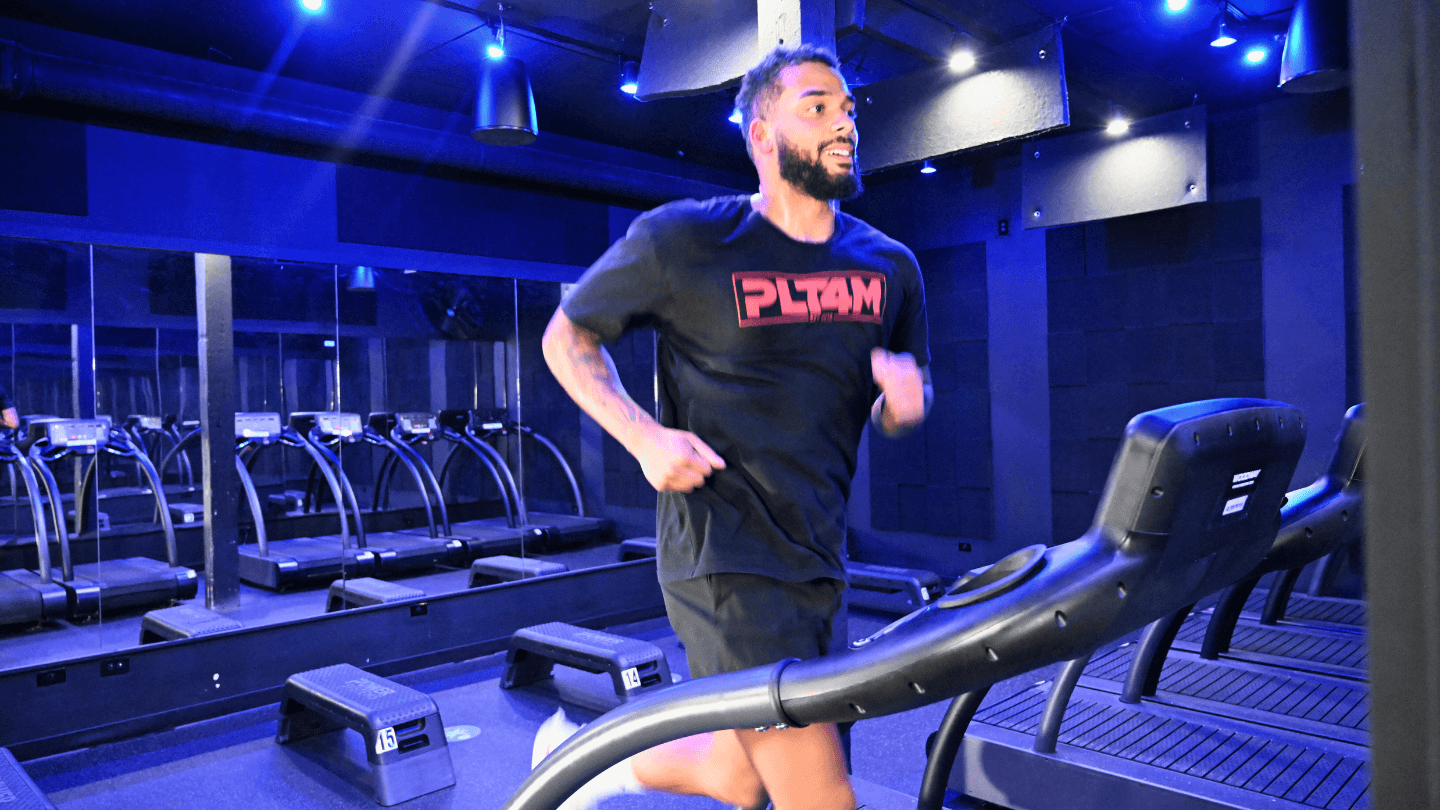[vc_row][vc_column][vc_column_text]
 You cannot assume that if something works for elite athletes, it is appropriate for your average high school athlete. All this does is set them up for failure and risk unnecessary injuries from training (1, 2, 3).
Your program should be built for your audience – the developmental athlete (regardless of sport or gender). Build your athletes from the ground up: first developing competency within all of the basic movement patterns, building full-body strength through compound lifts, and then utilizing a holistic range of capacities.
As the former S&C coach for the LA Lakers says, even for advanced athletes this really “isn’t rocket science”.
You cannot assume that if something works for elite athletes, it is appropriate for your average high school athlete. All this does is set them up for failure and risk unnecessary injuries from training (1, 2, 3).
Your program should be built for your audience – the developmental athlete (regardless of sport or gender). Build your athletes from the ground up: first developing competency within all of the basic movement patterns, building full-body strength through compound lifts, and then utilizing a holistic range of capacities.
As the former S&C coach for the LA Lakers says, even for advanced athletes this really “isn’t rocket science”.
1. Master the Basics…then Master Them Again.
The bedrock of any program is movement. Before you can apply intensity, volume, or anything else, you must master basic movement patterns. Far too often, coaches and athletes get caught up in the flashy things they see on Instagram (thanks, Lebron), or in using the program from a big time college team. In doing so, we miss the point entirely. You can only dive into advanced training after building a rock-solid foundation of movement, capacity, and self-awareness. You wouldn’t skip Algebra and go straight to teaching Calculus, would you? Training is no different. Just like any subject in high school, there is an educational process involved. You cannot assume that if something works for elite athletes, it is appropriate for your average high school athlete. All this does is set them up for failure and risk unnecessary injuries from training (1, 2, 3).
Your program should be built for your audience – the developmental athlete (regardless of sport or gender). Build your athletes from the ground up: first developing competency within all of the basic movement patterns, building full-body strength through compound lifts, and then utilizing a holistic range of capacities.
As the former S&C coach for the LA Lakers says, even for advanced athletes this really “isn’t rocket science”.
You cannot assume that if something works for elite athletes, it is appropriate for your average high school athlete. All this does is set them up for failure and risk unnecessary injuries from training (1, 2, 3).
Your program should be built for your audience – the developmental athlete (regardless of sport or gender). Build your athletes from the ground up: first developing competency within all of the basic movement patterns, building full-body strength through compound lifts, and then utilizing a holistic range of capacities.
As the former S&C coach for the LA Lakers says, even for advanced athletes this really “isn’t rocket science”.










